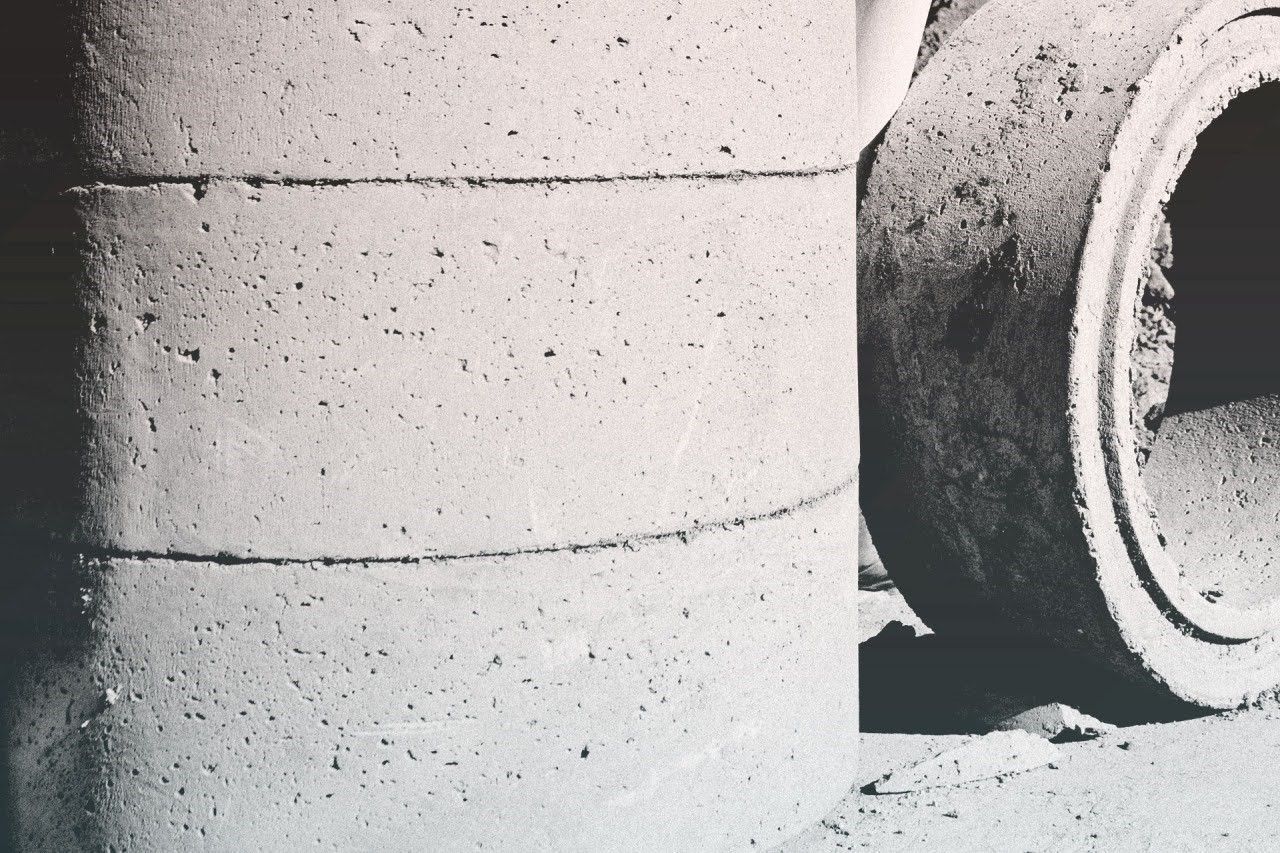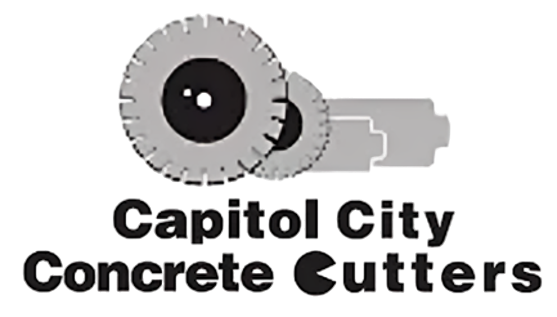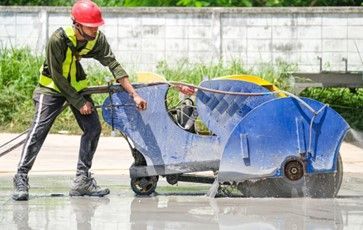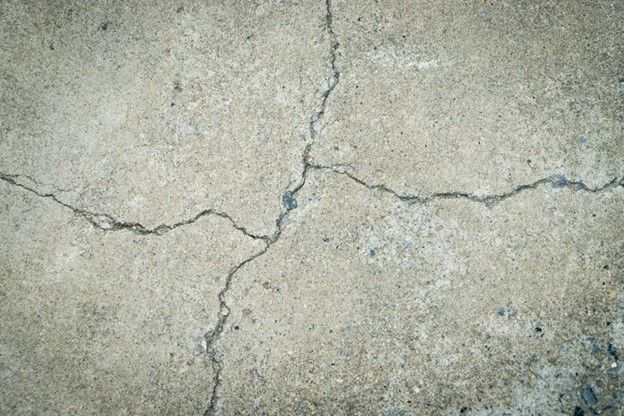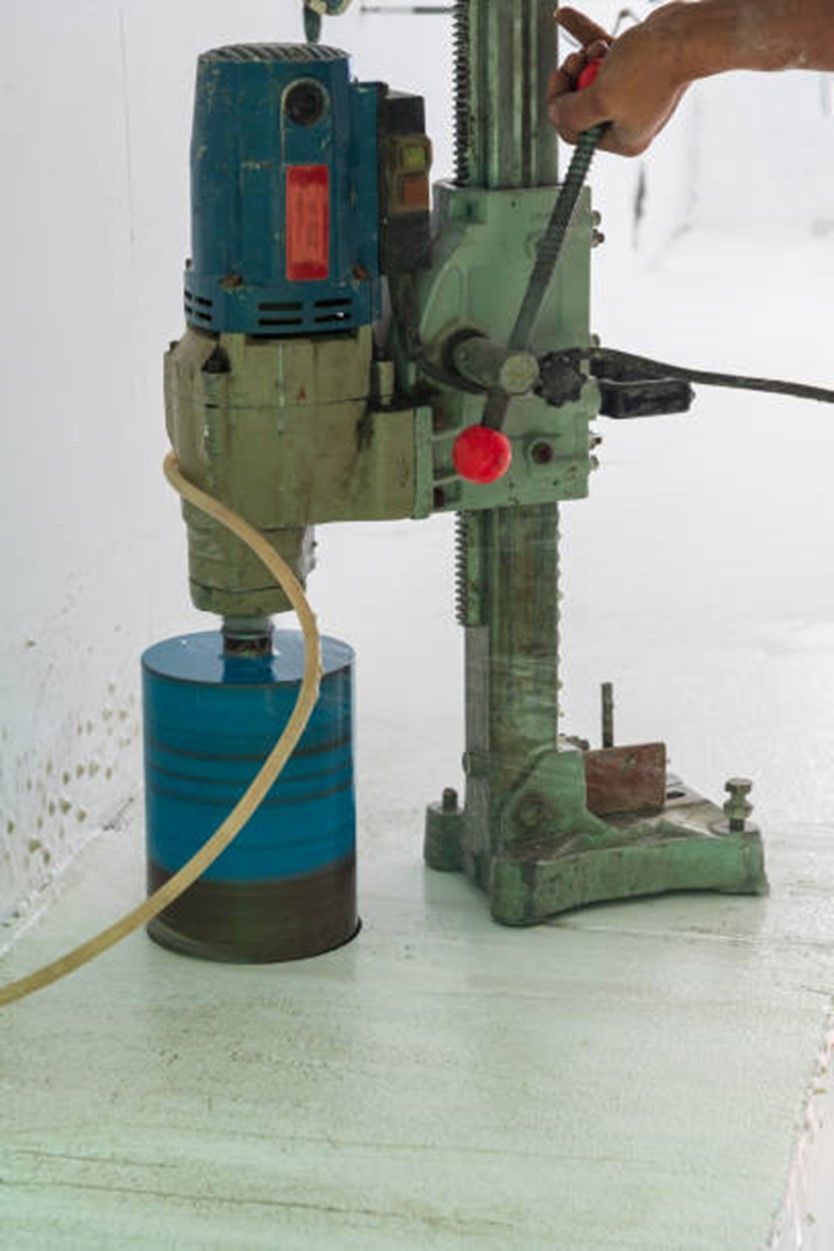Residential • Commercial • Industrial
6 Common Types of Concrete Saws
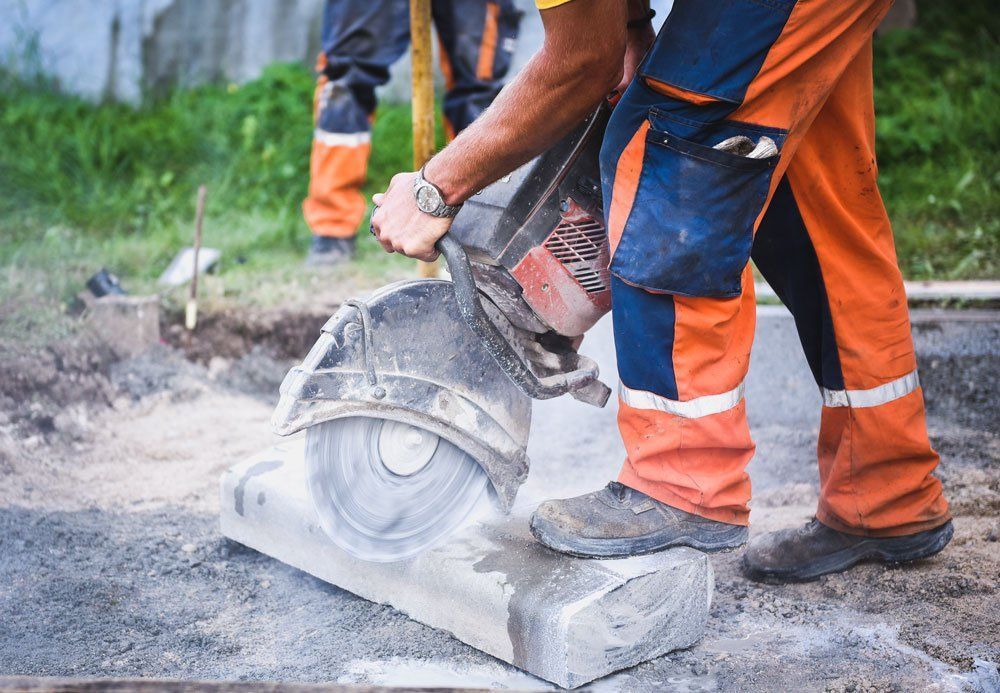
Concrete saws are powerful machines that remove or modify bricks, asphalt, concrete, and other construction materials. These machines are available in various types suitable for different surfaces, precision, and project sizes.
If you want to remodel your commercial or residential property, you may wonder about the machines to use on walls, floors, and other hard surfaces. Learn more information about six popular concrete saws, their features, and common uses.
1. Handheld Concrete Saws
Handheld saws are small-sized machines that are lightweight compared to other designs. They are easy to carry, which makes them suitable for projects that need regular movement. Contactors often use handheld saws to remove a small portion of concrete from a large surface.
While handheld concrete saws are easy to maneuver, they have a relatively low horsepower. This aspect makes them unsuitable for large projects with limited timeframes.
2. Walk-Behind Concrete Saws
Walk-behind concrete saws are large and heavier than handheld ones. When you use such a machine, you must hold it from behind and navigate it towards the direction you want to cut. However, some models feature a trolley-like structure you can push along a straight line or trench.
Since walk-behind saws have high horsepower, they are suitable for thick surfaces that don't require frequent movement. These machines are also ideal for outdoor concrete projects that may produce a lot of dust and debris.
3. Concrete Wall Saws
Wall saws have circular blades to create vertical sections for plumbing and electrical projects. Construction experts also use such equipment to modify HVAC systems or create space for windows and elevators.
Wall saws feature a track mount system that supports the equipment during operation. This feature avoids the need to hold the machine and improves precision. Apart from that, the saws can cut at different angles, which makes them ideal for a broad range of renovation and demolition tasks.
4. Concrete Slab Saws
Slab saws are relatively large concrete cutters for flat surfaces like floors, pavements, and roads. These machines cut horizontally through the work surface and spray water to reduce dirt and debris production.
When construction experts use a slab saw for your project, they simplify the concrete removal and cleanup processes. Such equipment also helps contractors achieve high precision and detail with less effort.
5. Concrete Ring Saws
Ring saws are handheld machines with a firm round blade. Most of these devices run on electricity, which eliminates the combustion chamber. Their blade type also makes the equipment lightweight and ideal for projects that need precision.
Contractors often use ring saws to cut through cylindrical concrete surfaces. They also use the machine to avoid corner cuts on horizontal areas. Another ideal application of such equipment is when experts need to create an entrance on a brick or concrete wall.
Ring saws are suitable for commercial construction projects or jobs in highly populated areas. This aspect is because the machines produce fewer vibrations that lower noise pollution.
6. Concrete Chainsaws
Chain concrete saws are specialized machines suitable for small projects. Their compact designs allow construction experts to cut through hard-to-reach spaces. While chainsaws are ideal for concrete and brick surfaces, you can also use them on pipes.
Experts mainly apply chainsaws when they want high hand control to prevent overcuts. They may also select this machine to improve precision after they use large concrete saws.
Concrete saws are available in different types with unique uses and benefits. At Capitol City Concrete Cutters, we can help you identify a suitable machine for your construction project. We will also offer high-quality concrete cutting services to ensure you achieve the project's goals and avoid damage.
Contact us today to hire a licensed contractor.
